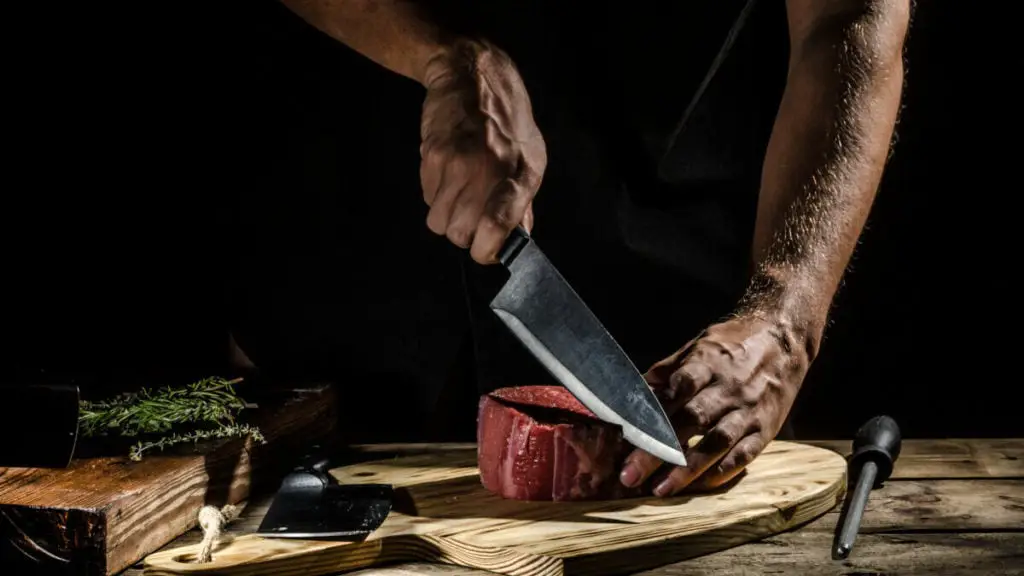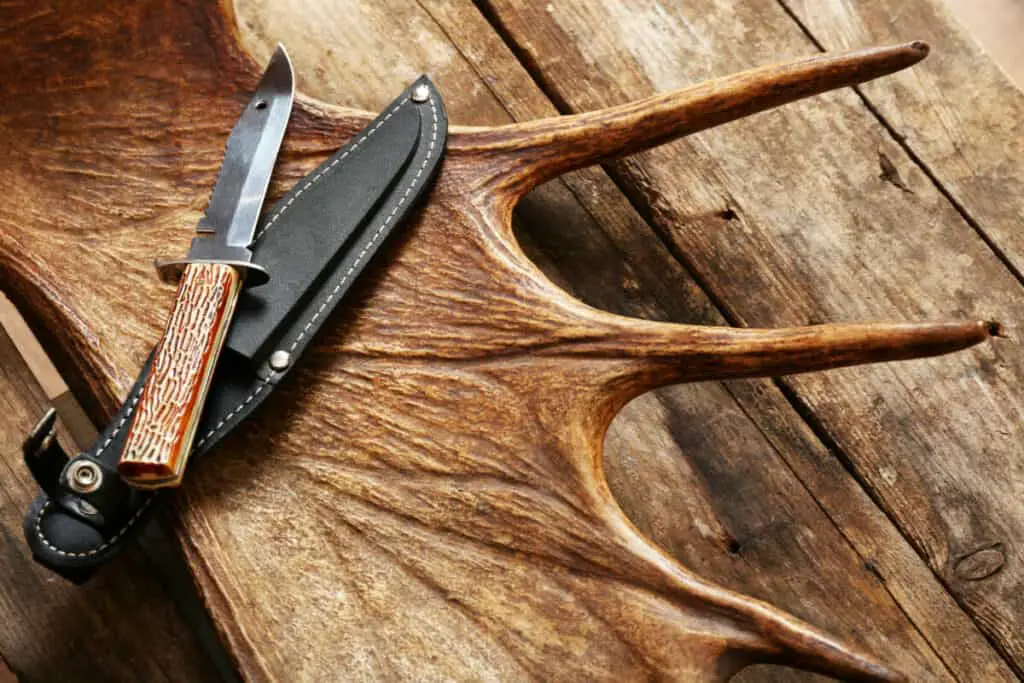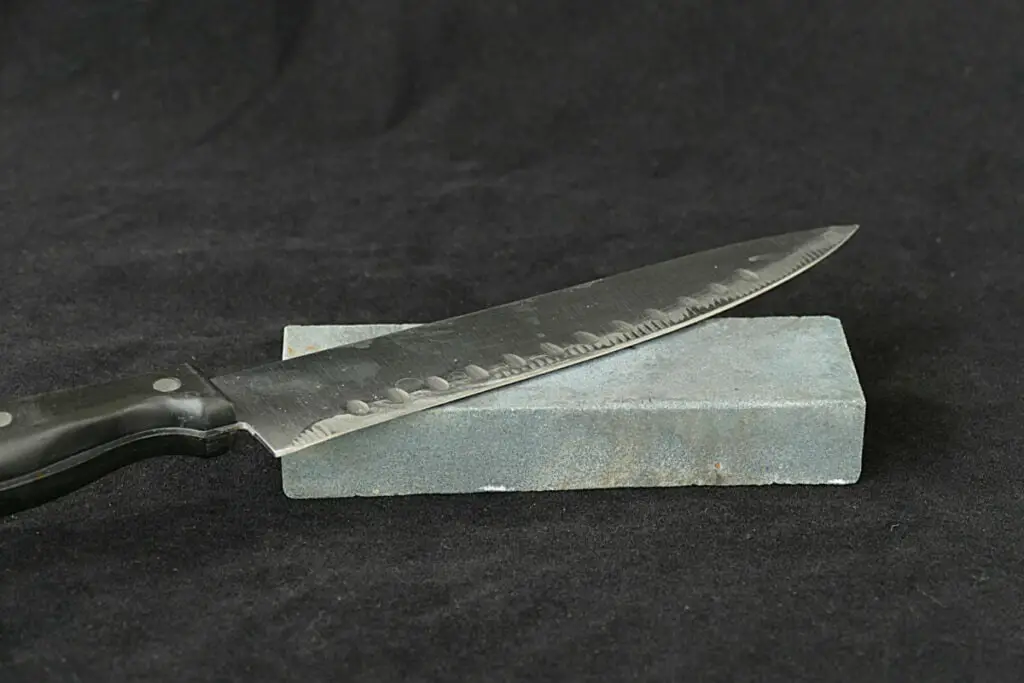
Whether it be a chef’s knife that you have been using in your kitchen or a hunting knife that you use while outdoors, over time a knife will dull, chip, and start to wear down in a number of ways. Eventually, there will come a point where a knife is so worn it is impossible to use, which might get you thinking about how you can get rid of it. But can you recycle a knife?
One of the best ways to dispose of a knife is to recycle it. Knives can be recycled at various locations such as a waste collection center, recycling center, donation center, or police station. Knives can also be repurposed into new materials and goods or resold for a profit.
Now that you know your options, let’s talk more about how to recycle or dispose of your knives at each of the aforementioned places and ways, including what you need to do before recycling them. Each of these methods is safe and legal and will limit your environmental impact.
Waste Collection or Recycling Center
Just like any other item that can be thrown in the trash or recycled, you can take your old knives to waste collection sites or recycling centers. Not every recycling center has the proper equipment to recycle blades so you should first get in contact with someone from the center in order to know if they are able to accept your knives or not. You can also find out if the recycling center has any special requirements or instructions that you’ll need to follow.
While transporting your knives to the recycling center, it is important to do so safely. To prepare your knives for transport, you should make sure the blades are covered by some sort of sheath. This can be one made for your knives or a quick homemade one of newspapers or a kitchen towel.

Police station
Another option that you have is to take your knives down to your local police stations. There they will take your knives and make sure that they are disposed of or recycled safely and properly. Although most police stations will tell you that you can just take your blades and throw them into the garbage cans, they still will accept your blades and dispose of or recycle them.
In order to get the information about your local station, simply search “police station near me” and from there you can easily find the address or phone number. When at the station, you can also ask the officers any additional questions you may have about safe knife disposal.
Donate or Resell
One way to recycle old knives is to resell them. Although this isn’t a viable option for all used knives, if your knife is still in good condition, you may be able to make a profit off of it. That being said, old, dull, chipped, and damaged blades may be bought by someone who is looking to repair and then later possibly resell them.
Another option that you could do that might get you a bit of extra cash is to take them to a metal scrap yard. Depending on the metal that your knives are made of, you might be able to earn a fair bit. However, in most cases, your blades will get you about $0.74 per pound of stainless steel that you bring in. Depending on the material, you can get $1.35 per pound or more. (Source)
Depending on the condition of your knives you can also donate them. Most thrift stores, charities, and shelters will accept the donation of knives. If you do choose to donate your knives, make sure to call the organization in advance to see if they need or will even accept a knife donation at that time. If they do need the knives, make sure you wash the blades and then place them into the standard knife protection. (Source)
Repurpose or Refinish

One way to efficiently recycle your old knife is to repurpose it. This can be done in a variety of ways. For example, if you have a favorite hunting knife you can no longer use, you can put it on display in your office or store it away as a keepsake.
Another option for repurposing your knife would be to refinish it. To refinish your knife, you can either do it yourself or take it to a knife smith who will do it for you.
However, if you want to try refinishing your knife yourself, you will need to complete the following steps:
- Remove rust from the blade. This is most commonly done by rubbing fine sandpaper along the flat side of the blade. If you don’t want to put in that much elbow grease, you can soak the knife in a solution of citric acid and water. The blade should be fully submerged, but be wary of getting your wooden handle wet as the solution may compromise its integrity. After it soaks, you will still need to sand the blade a bit to make it really shine.
- If your knife has a wooden handle, you can refinish that as well. To refinish the handle, you will need to pull out your sandpaper again. Sanding the handle will clean it of any buildup and allow you to remove dents and scratches. After you have finished sanding, you should protect the wood with oil.
- The final step is to sharpen the blade. This step should be saved for last as it is easy to cut yourself throughout the refinishing process and this risk is diminished if you do most of the steps with a dull blade. Sharpening a knife can be tricky and usually takes a bit of practice to fully get the hang of it. You begin by holding the knife nearly flat on the sharpening stone to bevel both edges of the blade. You complete this by starting at a coarser grit and then moving gradually to finer grits.
If you have any questions or want to see a more in-depth approach to how to restore your knife, watch the video below.
Related Topics:
If you like the article above, here are some other similar articles you should check out!
